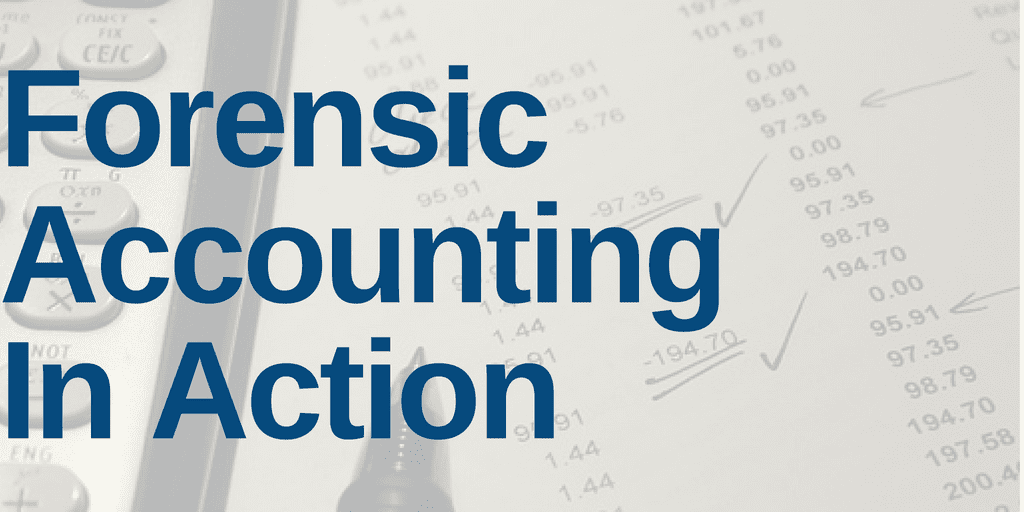For February 27, our forensic accounting needle in a haystack comes from an airline that early adopted a new accounting standard related to its operating leases.
Analyst Peter Apockotos found an unusual item in American Airline’s (AAL) 2018 10-K.
On page 76, AAL disclosed that it adopted the new accounting standard that requires companies to record operating lease liabilities (and a corresponding right of use asset) on the balance sheet. Companies are not required to adopt this new standard until next year, but AAL has joined Microsoft (MSFT) and a handful of other companies in early adoption.
This new accounting standard has a significant impact on AAL’s balance sheet. The company’s reported total assets increased 15%, from $52.8 billion at the end of 2017 to $60.6 billion at the end of 2018. Over 100% of this increase comes from the $9.2 billion in operating lease assets added to the balance sheet.
We’ve been adding operating leases to balance sheets since 1998, so we are not fooled by this change. Our adjustments show that AAL’s invested capital fell from $51.9 billion at the end of 2017 to $51 billion at the end of 2018, a 2% decline, a big difference from the 15% rise in reported total assets.
More details on how we are handling this accounting rule change so that our cash flow and valuation models are not impacted by non-cash event are here.
The Power of the Robo-Analyst
We analyzed 79 10-K filings yesterday, from which our Robo-Analyst[1] technology collected 8,899 data points. Our analyst team used this data to make 1,844 forensic accounting adjustments with a dollar value of $854 billion. The adjustments were applied as follows:
- 715 income statement adjustments with a total value of $47 billion
- 791 balance sheet adjustments with a total value of $353 billion
- 338 valuation adjustments with a total value of $454 billion
We believe this research is necessary to fulfill the Fiduciary Duty of Care. Ernst & Young’s white paper, “Getting ROIC Right”, demonstrates how these adjustments contribute to meaningfully superior models and metrics.
This article originally published on February 27, 2019.
Disclosure: David Trainer, Peter Apockotos, and Sam McBride receive no compensation to write about any specific stock, sector, style, or theme.
Follow us on Twitter (#filingseasonfinds), Facebook, LinkedIn, and StockTwits for real-time alerts on all our research.
[1] Harvard Business School features the powerful impact of our research automation technology in the case New Constructs: Disrupting Fundamental Analysis with Robo-Analysts.
